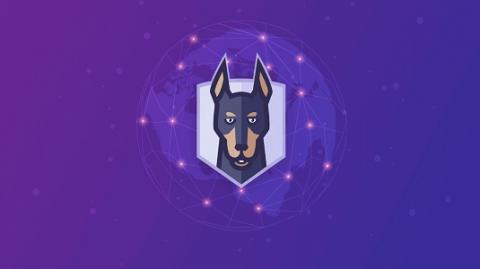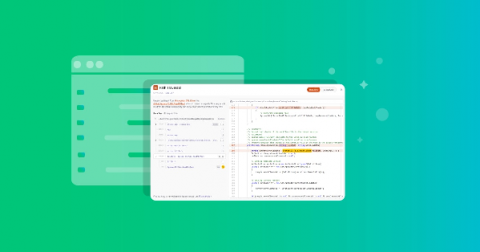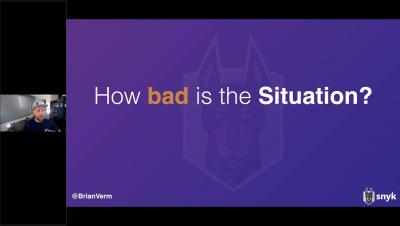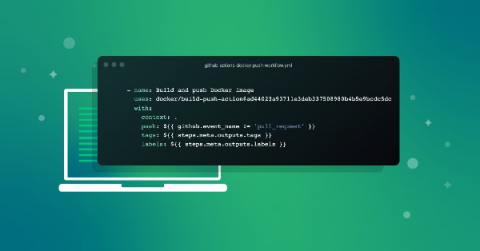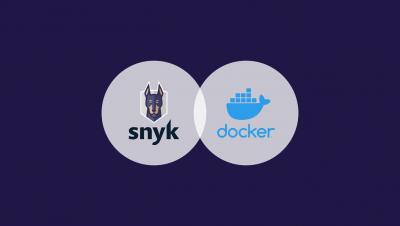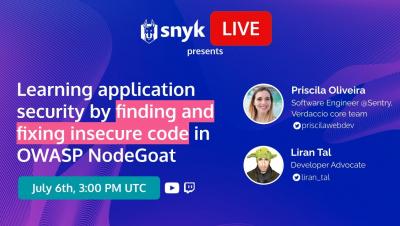Security | Threat Detection | Cyberattacks | DevSecOps | Compliance
July 2021
Snyk Code adds security scanning for C# and .NET
As a quick note, I have a personal history with .NET, including time working at Microsoft as a .NET evangelist. And I’ve briefly met Anders Jejlsberg, the designer of C# and Typescript, so this blog is a bit personal for me. We are happy to announce that Snyk Code scans for security vulnerabilities and provides remediation suggestions for yet another language: C#. This adds a major language to our portfolio which includes support for Java, JavaScript, TypeScript, and Python.
The Simplest way to Secure your Java Maven Project
Announcing Social Trends: Use social media for security intelligence
We are excited to announce the availability of Social Trends, adding social media intelligence (SOCMINT) to Snyk’s vulnerability data to help development and security teams prioritize vulnerabilities more effectively. Given the size of vulnerability backlogs facing organizations today, finding and fixing security vulnerabilities in a timely manner is a monumental task. There simply are not enough hands on deck to triage and tackle all the vulnerabilities on the list.
Kubernetes Quick Hits: Use SecurityContext to drop unnecessary Linux Capabilities
SAST tools speed comparison: Snyk Code vs SonarQube and LGTM
We’ve been asked to provide a comparison of scan times between Snyk Code and two common SAST tools: LGTM and SonarQube. For our research, we made several assumptions, but we’ve shared the details in order to be transparent.
Four steps for hardening Amazon EKS security
In the first part of this blog series, we explored deploying Amazon EKS with Terraform, and looked at how to secure the initial RBAC implementation along with securing the Instance Metadata Service. In this second post, we’ll look at more best practices to harden Amazon EKS security, including the importance of dedicated continuous delivery IAM roles, multi-account architecture for Amazon EKS cluster isolation, and how to encrypt your secrets in the control plane.
How Snyk is normalizing authentication strategies with Gloo Edge
Snyk supports multiple authentication (authN) strategies on its APIs. Historically, API keys have been the primary form of authN, but more recently we introduced support for authN using signed JWTs produced as a result of an OAuth integration. This is currently in use by both our AWS CodePipeline and Bitbucket integrations. In the beginning, Snyk began with a hub and spoke architecture with a central monolith making authN decisions.
Why you should upgrade to Maven version 3.8.1
If you are working in the Java ecosystem and building your applications with an older Maven version, this message is for you. Check your Maven version by typing mvn -version! If you are still running on an old Maven version like 3.6.3 or below you definitely need to upgrade to version 3.8.1 because of security reasons. Be aware that to run Maven 3.8.1, Java 7 is required. Luckily we found out in the JVM Ecosystem report 2021 that not many people work with Java 6 or below.
Stranger Danger Live Hack! Your Java Attack Surface Just Got Bigger
Devoxx4Kids: Empowering young Java developers and creating future industry stars
Recently, we released the JVM Ecosystem Report 2021. This annual report is full of interesting facts about the current state of the Java ecosystem. If you haven’t seen it yet, you should give it a read. Don’t forget to download the full PDF for all the insightful information.
Tips for hardening your container image security strategy
In the first part of this blog series, we looked at security best practices for the base images which you might be using. But what happens to container image security when we add other things to it? Perhaps we’re installing additional software from upstream, and we’ve got custom applications of our own which might have their own dependencies also being installed.
Managing Node.js Docker images in GitHub Packages using GitHub Actions
If you’re doing open source development today, chances are high that you’re active within the GitHub community — participating in open source projects and their repositories. A recent addition to the GitHub ecosystem is GitHub Packages, which was announced back in 2019 and is now receiving even more updates with the general availability of the GitHub Packages container registry.
Measuring security for cloud native applications
Snyk Powers Docker Vulnerability Scanning
Hardening AWS EKS security with RBAC, secure IMDS, and audit logging
Misconfigurations in infrastructure as code (IaC) can be just as dangerous as vulnerabilities in code. Small mistakes in configuration can lead to the sensitive data being readable on the internet, or private endpoints and dashboard accessible to the anonymous users and abused as the initial point of compromise. Recent security research findings indicate the rise in malware targeting the Kubernetes platform which showcases the need for secure configuration.
Tips and best practices for building secure container images
When you start scanning your container images, it can be disconcerting to discover that you have large numbers of vulnerabilities. Below is a scan I did last week on a vulnerable node image that I built. While a fairly extreme example, you can see that this image out of the box is showing as having over 800 vulnerabilities in it.
Learning application security by finding and fixing insecure code in OWASP NodeGoat
Talking visibility, scalability, and relationships in secure development with Phil Guimond of ViacomCBS
I recently caught up with Phil Guimond, Principal Cloud Security Architect at ViacomCBS. He describes his role as a fancy way of saying he likes to be involved in All The Things™. This includes cloud security and architecture, application security, penetration testing, and digital forensics and incident response, and even vendor reviews and risk management from time to time. He works in a very cross-functional team. We had a great discussion, and I wanted to share it with all of you.


